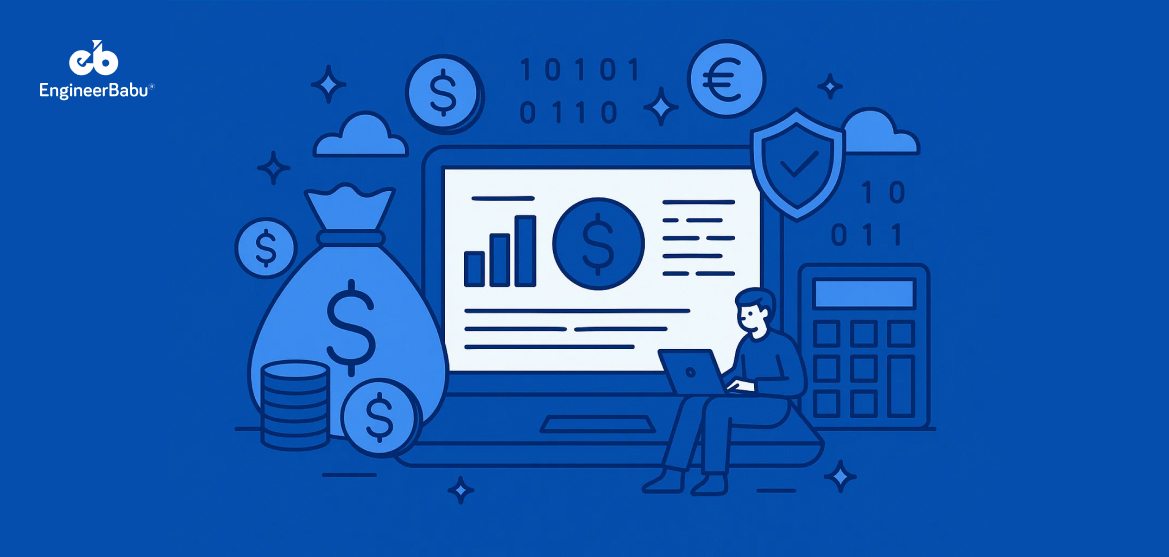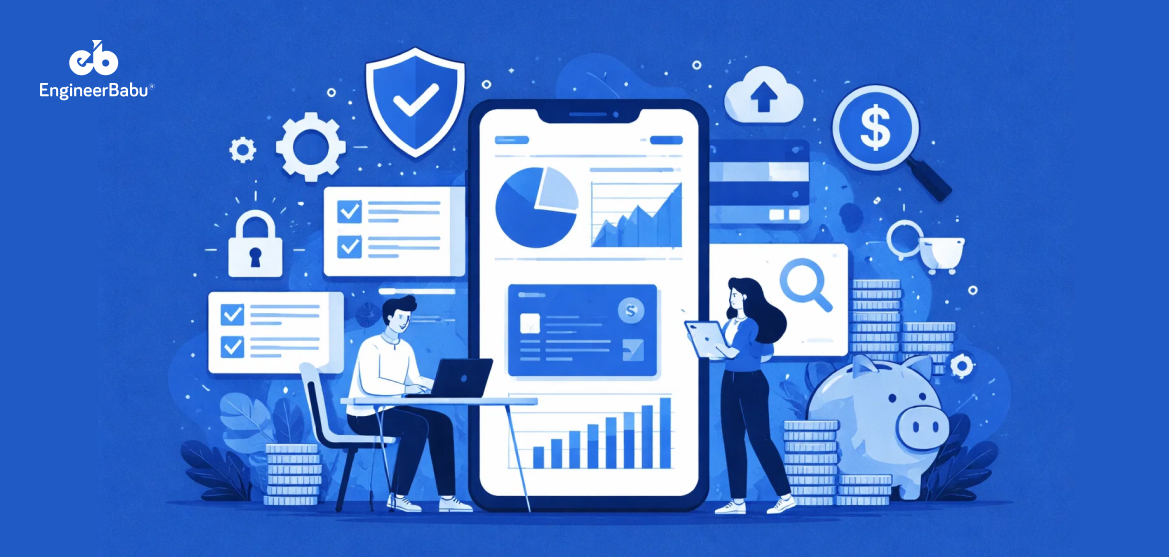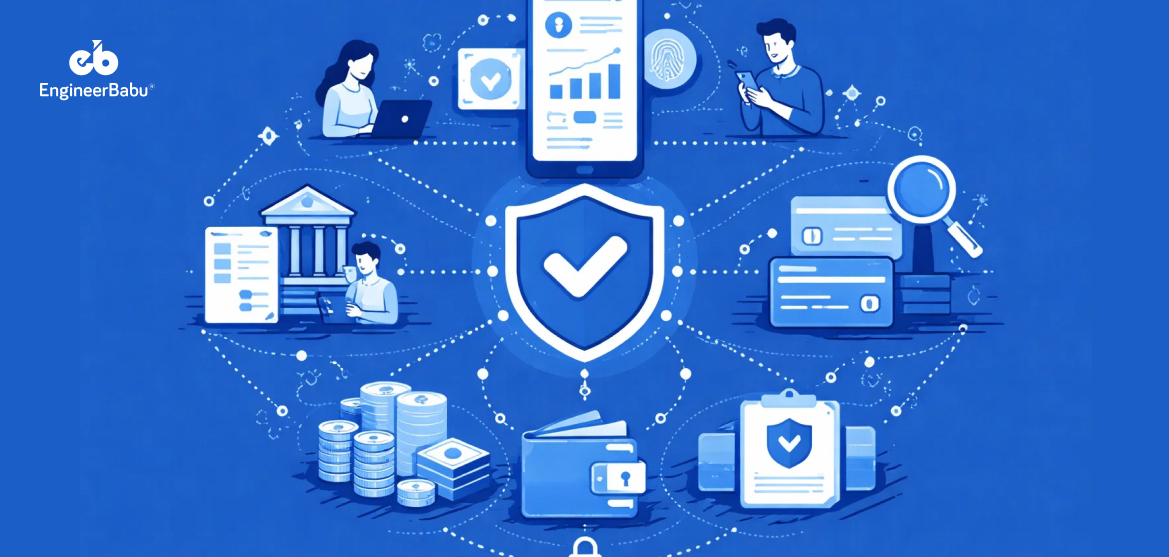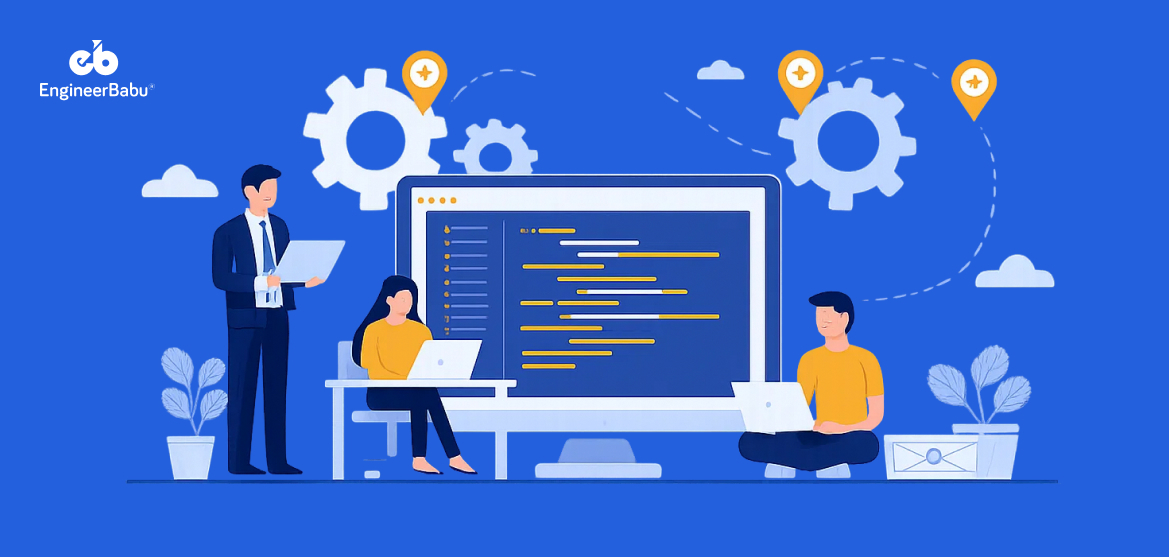Imagine this: a loan reaches a borrower’s account faster than they can refresh their inbox. No endless paperwork, no calls back and forth, just a seamless process. That level of efficiency is exactly what modern lenders are after, and it starts with purpose-built loan management software.
The global market tells the same story. Valued at about $10.22 billion in 2024, it is projected to grow to $12.35 billion in 2025, reflecting a sharp 20.8% annual growth rate (The Business Research Company). By 2028, the figure is expected to hit $21.6 billion (FinTech Futures).
This growth is not just about software sales. It shows how critical automation, compliance, and borrower experience have become for lenders of every size. Off-the-shelf platforms often fall short, which is why businesses are increasingly looking at custom development.
In this guide, we’ll take a clear, step-by-step look at loan management software development. From planning and architecture to integrations and deployment, you’ll see what it takes to create a solution that is secure, scalable, and tailored to your lending model.
Planning & Architecture
Loan management software development is complex because the software handles sensitive data, regulatory checks, and real money movement. A solid plan and a carefully thought-out architecture prevent costly redesigns later.
Define the Business Scope
Start by clarifying the type of lending your platform will support. Consumer loans, SME financing, and peer-to-peer lending each have very different workflows. For example, SME lending may require collateral tracking, while consumer lending relies more on fast credit scoring. Locking in the scope early ensures the architecture doesn’t miss critical functions.
Choose a Modular Structure
A loan management system should never be a monolith. Breaking it into modules makes it easier to scale and maintain. At a minimum, the architecture should include:
- Loan Origination: applications, KYC, document verification.
- Credit Decisioning: credit bureau integrations, scoring models.
- Loan Servicing: repayment schedules, interest calculations, and adjustments.
- Collections: overdue tracking, restructuring workflows, and alerts.
- Reporting & Analytics: compliance reports, performance dashboards.
Each module can be built independently but must connect seamlessly through a central integration layer.
Database Design
The database needs to handle structured financial data along with documents, borrower histories, and transactional records. Using a relational database (like PostgreSQL or MySQL) works well for core loan data, while a document store (like MongoDB) can store KYC files or unstructured borrower documents. Encryption at both the database and application levels is non-negotiable.
Integration Layer
No loan software exists in isolation. Your architecture should account for external services such as:
- Payment gateways for disbursements and repayments.
- Credit bureaus for risk evaluation.
- Identity verification providers for KYC/AML compliance.
- CRM or ERP systems for connecting with broader enterprise operations.
Building an API-first system ensures these integrations are easier to add and upgrade.
Scalability & Infrastructure
The system should be able to process thousands of loan applications and transactions simultaneously without downtime. A microservices architecture with containerization (Docker, Kubernetes) and cloud deployment (AWS, Azure, GCP) allows horizontal scaling. This way, you can expand capacity quickly as loan volumes grow.
Security at the Core
Financial systems are prime targets for breaches. Security must be planned from day one, not added later. This includes:
- Role-based access control.
- Multi-factor authentication for admins.
- Data encryption in transit (TLS) and at rest.
- Detailed audit logs to track all changes in the system.
Also Read: Top 7 Lending App Development Companies
Steps for Loan Management Software Development
Requirement Gathering
The first step is converting lending operations into clear technical needs. This means sitting with stakeholders such as credit teams, compliance officers, and customer support to capture the full loan lifecycle. Once mapped, workflows are translated into functional requirements like digital KYC, repayment scheduling, and approval rules, along with non-functional needs such as uptime, performance, and security.
Keeping this documentation concise and version-controlled ensures alignment across teams and reduces the risk of missing compliance or business-critical features during development.
UX/UI Design
A strong loan management system design starts with separating borrower and lender experiences. Borrowers should see clear loan status, repayment schedules, and payment options without navigating multiple screens.
Lenders need dashboards that highlight overdue accounts, approval queues, and portfolio risk at a glance. Prototyping these workflows early helps uncover friction points such as long application forms or buried repayment details.
Working with experts in ui/ux design services ensures that these workflows are intuitive and efficient. Prioritizing responsive design also allows mobile users to complete applications and repayments quickly, which is especially important in markets where most lending happens on smartphones.
Backend Development
The backend is where loan management software development becomes most critical. It powers the loan lifecycle and determines how efficiently the system can scale.
Core services include origination (application intake, KYC checks), loan servicing (repayment schedules, interest calculations, status updates), and collections (overdue tracking, restructuring workflows).
A rules engine is vital for configuring loan products and approval logic without new code. APIs integrate these services with payment gateways, credit bureaus, and CRMs. Using a microservices architecture allows each module to scale independently as loan volumes increase.
Frontend Development
The frontend defines how users interact with complex financial processes. Borrowers need a simple interface to apply, track loans, and make repayments in just a few clicks. Lenders require dashboards that display approvals, risk exposure, and portfolio performance without unnecessary clutter.
Building responsive web portals and mobile apps is essential, since many borrowers rely on smartphones for financial transactions. Clear navigation, real-time updates, and intuitive design reduce friction, while secure authentication ensures sensitive borrower and loan data remains protected at every step.
Integrations
A core part of loan management software development is connecting the system with third-party services. Payment gateways handle disbursements and repayments, while credit bureau APIs supply real-time borrower scores. KYC and AML providers verify identities and flag risks automatically.
For lenders operating at scale, CRM and ERP integrations streamline customer communication and financial reporting. Building an API-first architecture ensures these services can be added or replaced without rewriting the core system. Strong integrations make the software more adaptable to evolving regulations and market needs.
Testing
In loan management software development, testing ensures the system works reliably before it goes live. It begins with functional testing to confirm that applications, approvals, repayments, and collections all follow the intended flow.
Performance testing then measures how the system behaves under heavy loan volumes, an essential step for lenders scaling rapidly. Compliance testing checks whether automated KYC, AML, and reporting meet regulatory standards.
Finally, security testing validates data protection through penetration tests, vulnerability scans, and audit log reviews. Together, these steps ensure the platform is stable, scalable, and compliant.
Deployment & Maintenance
Deployment is where loan management software development shifts from code to a live system. A continuous integration and delivery (CI/CD) pipeline helps release new features quickly while keeping the platform stable.
Cloud environments such as AWS or Azure provide the flexibility to scale as loan volumes grow, and built-in monitoring tools track performance in real time. Once live, maintenance becomes an ongoing responsibility.
Regular compliance updates, security patches, and feature enhancements keep the system aligned with regulations and borrower expectations. This cycle of deployment and refinement ensures the software stays reliable and future-ready.
Also Read: What is First-Mortgage Priority?
Working with a Fintech App Development Partner
Loan management software development is a demanding process that blends technology with financial expertise. Beyond coding, it involves understanding lending lifecycles, meeting strict compliance requirements, and integrating with payment and credit systems. Many businesses choose to hire expert fintech developers to accelerate delivery and reduce risks.
A capable partner brings experience from similar projects, awareness of evolving regulations, and proven approaches to building scalable financial platforms. Whether you are a bank modernising legacy systems or a fintech startup building from scratch, the right collaboration can shorten timelines and strengthen the end product.
Conclusion
Loan management software development is more than creating a digital tool for lending. It is about building a secure, compliant, and scalable system that mirrors real-world lending operations. From architecture planning to backend automation, each stage contributes to making the platform reliable for both lenders and borrowers.
As lending continues to shift toward digital-first models, businesses that invest in custom-built solutions gain flexibility, regulatory alignment, and long-term scalability.
FAQs
1. What is the most critical step in loan management software development?
The process should begin with detailed requirement gathering. This ensures the software reflects lending workflows accurately, covers compliance obligations, and supports both borrower and lender needs from day one.
2. How do integrations impact a loan management system?
Integrations with payment gateways, credit bureaus, and KYC/AML providers automate essential processes like disbursements, credit scoring, and identity checks. Without them, the system remains incomplete and requires manual work.
3. What role does scalability play in development?
Scalability is essential because loan volumes can grow quickly. Using a microservices architecture and cloud infrastructure allows the software to handle thousands of applications and transactions simultaneously without downtime.
4. How is compliance addressed during development?
Compliance is woven into the software through automated reporting, audit logs, and regulatory workflows such as KYC and AML checks. This reduces risk for lenders and ensures the platform meets local and international standards.
5. Can one platform support different types of lending?
Yes. A modular approach to loan management software development allows the same platform to handle consumer loans, SME financing, or even peer-to-peer lending by configuring workflows and rules for each model.




